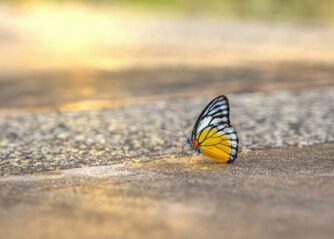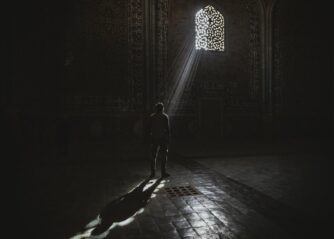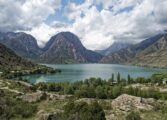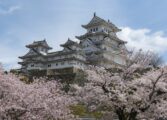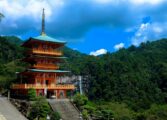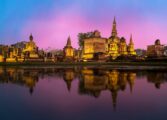Sri Lanka: A Paradise of Cultural Riches and Natural Beauty
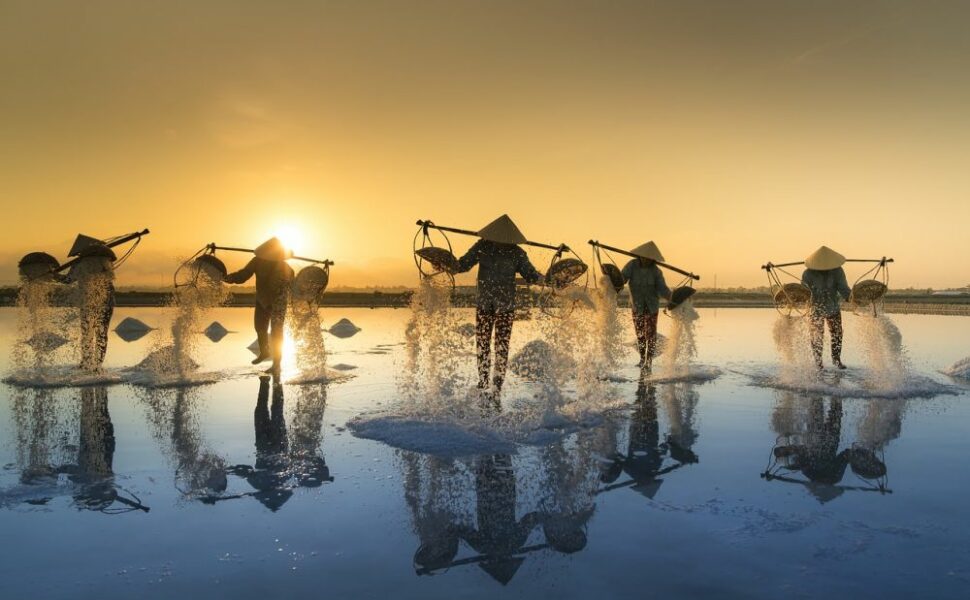
Introduction
:

Sri Lanka, also known as the Pearl of the Indian Ocean, is a captivating island nation located in South Asia. With its diverse landscapes, rich history, and warm hospitality, it has become an increasingly popular destination for travelers seeking a unique and unforgettable experience. In this comprehensive article, we will delve into the essence of Sri Lanka, highlighting its key attractions, cultural significance, and historical evolution.
Key Points:
– Sri Lanka is a tropical island situated in the Indian Ocean, southeast of the Indian subcontinent.
– It boasts a rich cultural heritage that spans over 2,500 years, with influences from Buddhism, Hinduism, and colonial powers such as the Dutch, Portuguese, and British.
– The country offers a remarkable range of experiences, from pristine beaches and lush tea plantations to ancient cities and wildlife sanctuaries.
– Sri Lanka is renowned for its warm and welcoming people, whose genuine hospitality adds to the overall charm of the destination.
Historical Evolution
:
To truly appreciate the wonders of Sri Lanka, it is essential to embark on a historical journey that reveals the country’s fascinating past.
1. Ancient Civilizations:
– Sri Lanka was home to early civilizations dating back to the 5th century BC, including the prominent kingdoms of Anuradhapura and Polonnaruwa.
– These ancient cities, now UNESCO World Heritage sites, showcase remarkable architectural and engineering feats, including massive stupas, intricately carved stone sculptures, and complex irrigation systems.
2. Colonial Influence:
– During the 16th century, Sri Lanka was subject to European colonization, with the Portuguese, Dutch, and British leaving an indelible mark on the country’s culture and architecture.
– The Portuguese introduced Christianity, the Dutch established a trading port in Colombo, and the British, who took control of the island in the 19th century, brought modern infrastructure and tea plantations.
3. Independence and Post-Colonial Era:
– Sri Lanka gained independence from British rule in 1948 and has since made significant progress in various fields, including education, healthcare, and tourism.
– However, the country also experienced a protracted civil war between 1983 and 2009, which significantly impacted its development. This conflict has since ended, and Sri Lanka has emerged as a resilient and increasingly popular tourist destination.
Attractions in Sri Lanka
:
1. Cultural Marvels:
– Kandy, the last kingdom of Sri Lanka, is renowned for the Sacred Tooth Relic Temple, a UNESCO World Heritage site that houses a relic of Lord Buddha.
– Sigiriya, also known as the “Lion Rock,” is an ancient fortress perched atop a massive rock, offering breathtaking views and remarkable frescoes.
2. Scenic Delights:
– Sri Lanka’s Hill Country is renowned for its picturesque tea plantations, mist-covered mountains, and charming colonial architecture. Nuwara Eliya, Ella, and Horton Plains National Park are must-visit destinations in this region.
– The coastal town of Galle captivates visitors with its charming fort, cobblestone streets, and vibrant art scene.
3. Wildlife Encounters:
– Yala National Park is home to the highest density of leopards in the world, offering a thrilling safari experience.
– Wilpattu National Park, located in the northwest, is known for its diverse wildlife, including elephants, sloth bears, and endemic bird species.
[INSERT VIDEO HERE – Video showcasing the mesmerizing landscapes and cultural treasures of Sri Lanka]
Featured Snippet Strategy:
To increase the likelihood of becoming a featured snippet on Google search, the article can be structured as follows:
Introduction
Historical Evolution
– Ancient Civilizations
– Colonial Influence
– Independence and Post-Colonial Era
Attractions in Sri Lanka
– Cultural Marvels
– Scenic Delights
– Wildlife Encounters
With a well-structured format, clear headings, and informative bullet points, this article provides a comprehensive overview of Sri Lanka’s remarkable offerings. Whether you are a history enthusiast, a nature lover, or an adventure seeker, Sri Lanka promises to enchant and captivate you with its wealth of cultural heritage and natural wonders.
Conclusion:
Sri Lanka is a treasure trove of cultural riches and natural beauty, inviting travelers to embark on an unforgettable journey of exploration and discovery. From ancient cities and magnificent temples to pristine beaches and wildlife encounters, this vibrant island nation offers a myriad of experiences to satisfy every adventurer’s wanderlust. Whether you seek serenity, adventure, or a glimpse into the past, Sri Lanka promises to leave an indelible impression on your heart and mind. Plan your visit to this tropical paradise and let its warmth and beauty embrace your soul.


